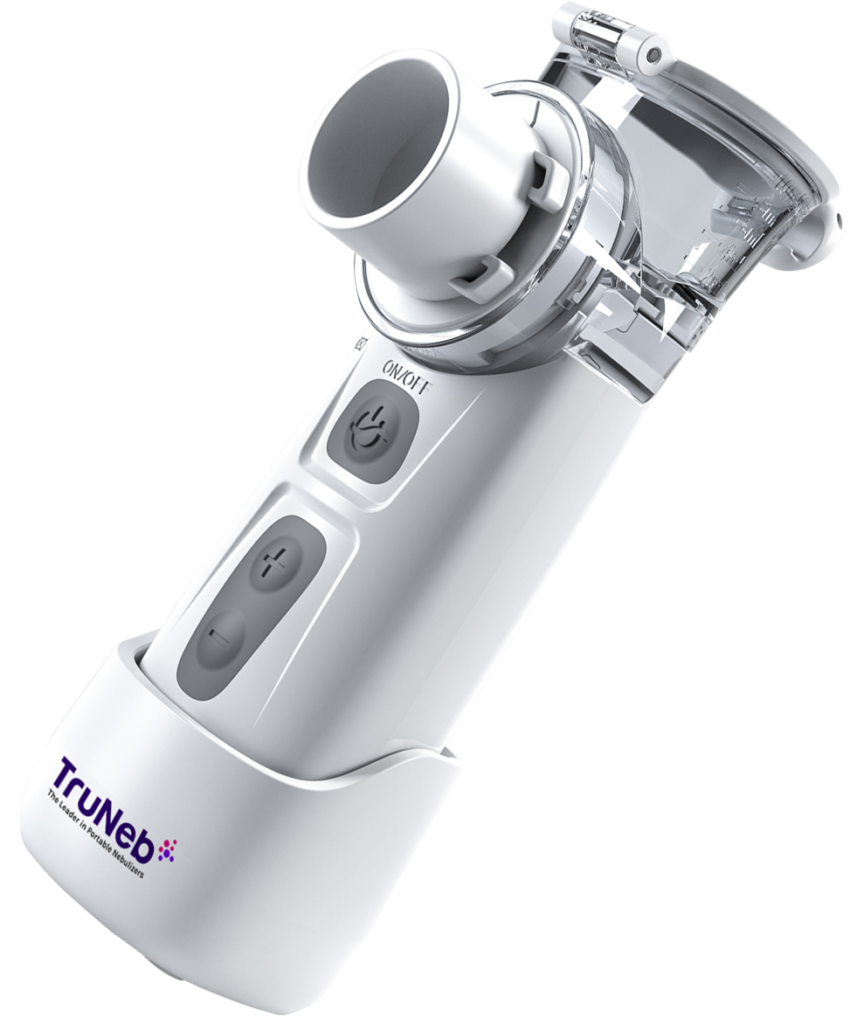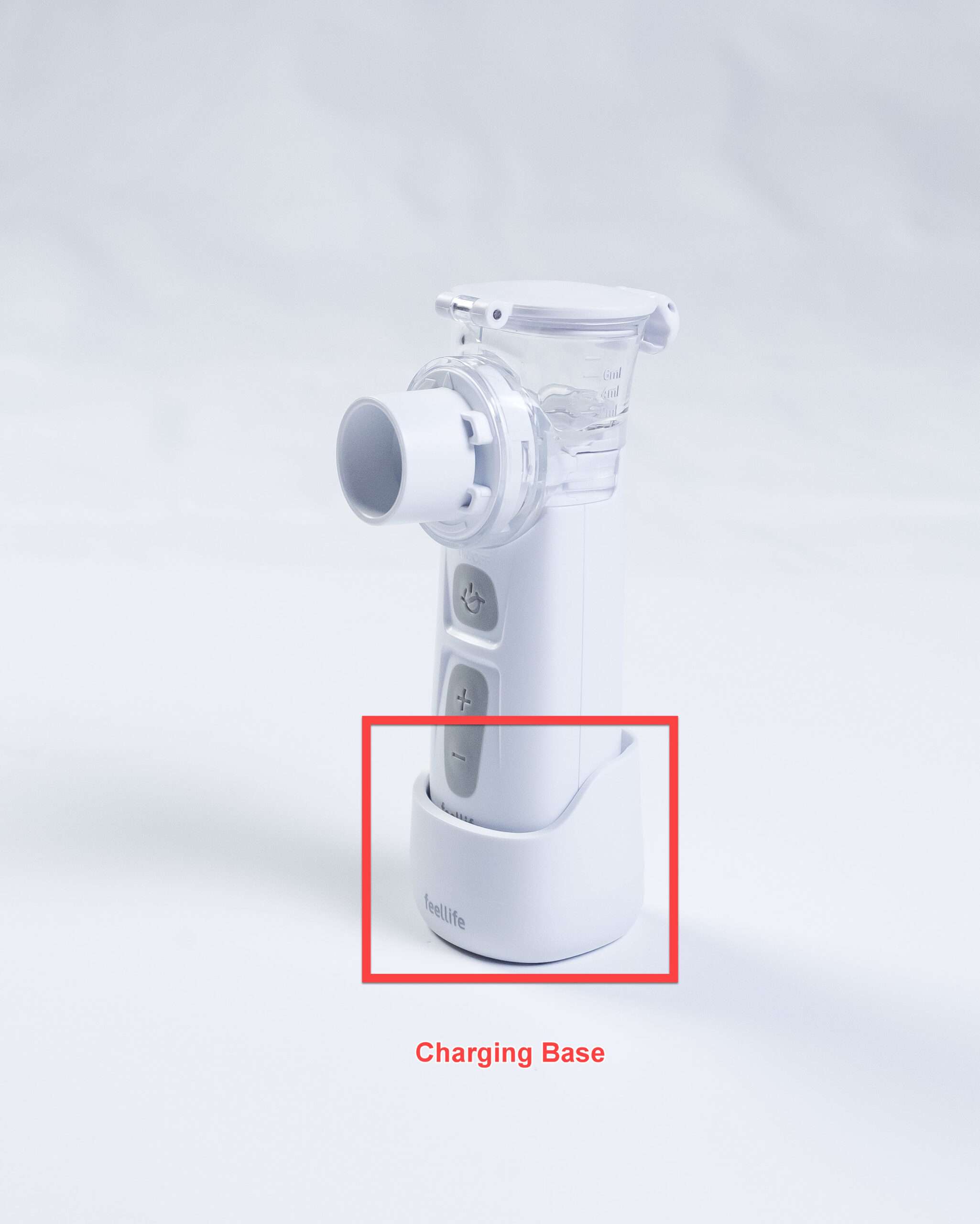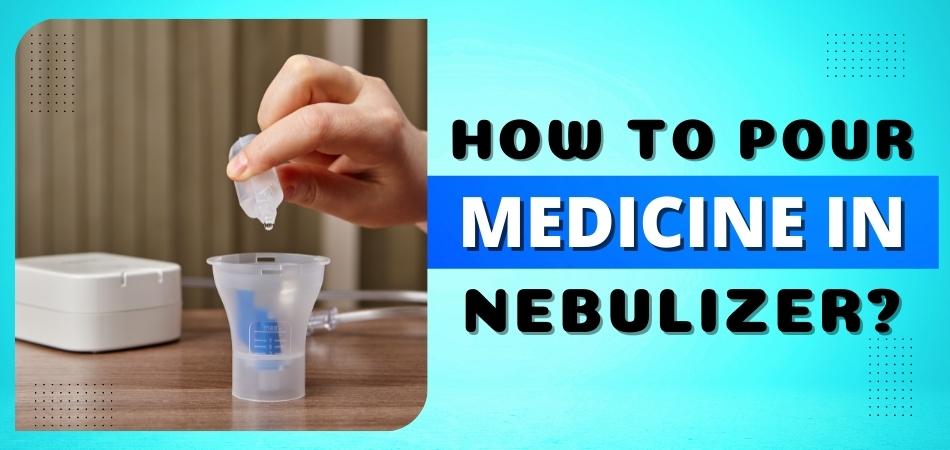Nebulizers are used to breathe in the medicine. Medicine is put into a machine that turns it into a mist or aerosol. This mist is then breathed in through a mask or mouthpiece.
Some common reasons why people might need to use a nebulizer include asthma, COPD, and cystic fibrosis. For people with pneumonia, bronchitis, and other types of lung infection, colistin can be given as an inhalant through a nebulizer machine.
The daily dosage of nebulized colistin was 150 mg, and it is distributed in two equal doses. 75% were diluted in 4 mL sterile normal saline while 25%) leftover solution cannot be used.
Because they are too toxic for human consumption according to the manufacturer’s directions on their package insert.”
Nebulizing colistin may help the drug work better and reduce the amount of time you need to take it.
What is Colistin?
Colistin is an antibiotic that is used to treat infections caused by bacteria. It is typically used to treat infections of the lungs, skin, and urinary tract. Colistin is also sometimes used to treat people who have cystic fibrosis.

Colistin is generally well-tolerated, but some common side effects include nausea, vomiting, and diarrhea. Colistin can also cause kidney damage.
People with cystic fibrosis are at a higher risk for developing kidney problems from colistin treatment. Therefore, it is important for people with cystic fibrosis to be monitored closely by a doctor during colistin treatment.
How Does Colistin Work?
Colistin is an antibiotic that is used to treat bacterial infections. It works by killing the bacteria or preventing them from multiplying. Colistin is usually used as a last resort antibiotic because it can have serious side effects, such as kidney damage.
It is also not effective against viral infections. Colistin is available as an injection or as a tablet. The usual dose is one or two tablets three times a day. Side effects of colistin include nausea, vomiting, diarrhea, and constipation.
More serious side effects include kidney damage, seizures, and low blood pressure. If you experience any of these side effects, you should seek medical attention immediately.
Colistin should be used with caution in people with kidney disease or other medical conditions that may increase the risk of side effects.
Colistin is used to treat infections of the lungs, skin, blood, and female reproductive organs. It is also used to treat intestinal infections and meningitis (inflammation of the brain or spinal cord). Colistin is used only when other antibiotics have not worked.
Colistin may also be used for purposes not listed in this medication guide.
What Are the Benefits of Nebulized Colistin?
Nebulized colistin is a type of antibiotic that is typically used to treat infections in the lungs. While it is not as common as other antibiotics, nebulized colistin has a number of advantages that make it an important treatment option for certain types of infections.
One benefit of nebulized colistin is that it can be given through a nebulizer, which allows the medication to be directly inhaled into the lungs. This helps to ensure that the antibiotic comes into contact with the infection site, which can help to speed up the healing process.
Additionally, nebulized colistin is less likely to cause side effects than other antibiotics, making it a safer treatment option for patients with lung infections.
Finally, nebulized colistin is often effective against bacteria that are resistant to other antibiotics, making it an important tool in the fight against antibiotic-resistant infections.
How To Give Colistin Nebules?
Colistin belongs to a class of drugs called polymyxins. It works by preventing bacteria from making the proteins necessary for them to survive. Colistin is used to treat infections of the lungs and airways caused by certain types of bacteria.

This medication is available in injectable and nebulized forms. The nebulized form is used to treat infections of the lungs and airways caused by Pseudomonas aeruginosa in adults and children 2 years of age and older.
To use the nebulized form, follow these steps:
- Fill the medication cup with normal saline solution. Do not use any other type of liquid for mixing.
- Draw up the correct amount of Colistin in the provided syringe and add it to the saline solution in the medication cup.
- Attach the medication cup to the face mask or mouthpiece.
- Sit upright in a comfortable position and place the face mask over your nose and mouth or put on the mouthpiece.
- Turn on the compressor and breathe normally until all of the medication has been inhaled (usually 5-7 minutes).
- Remove the face mask or mouthpiece from your mouth and disconnect from the compressor. Wash your face if you used a face mask.
- Place all equipment back in its carrying case for storage until your next treatment.”
Colistin can kill bacteria or stop their growth. It is used only to treat or prevent infections that are proven or strongly suspected to be caused by certain types of bacteria. This medicine should not be used to treat any other type of infection. Colistin is available under the following different brand names: Coly-Mycin M, and Prodihexal.
How To Prepare Colistin Nebules?
Before starting the procedure, it is very important to clean the neb nebulizer cup. The patients who used tap water instead of distilled water in their neb treatment had a lower rate of respiratory infections and lessened the severity of their cystic fibrosis.
- Remove the plastic cover from the vial of colistin.
- Wipe the rubber stopper on the vial with an alcohol swab.
- Do not touch anything inside the vial.
- Attach the mouthpiece to the stem of the neb nebulizer cup.
- Then screw on the top of the neb cup until it is hand-tight.
- Add 2 mL of sterile water for inhalation to the neb cup.
- Draw up the liquid into an eyedropper or syringe so that you do not contaminate the contents of the vial when you transfer it.
- Gently swirl the vial until the powder is dissolved (at least 30 seconds).
- Do not shake as this will cause foaming. Slowly add this solution to the neb cup, filling it to line B (2 mL).
- It is okay if a few drops spill over line B after swirling contents thoroughly. If this happens often, your medication may be too thick and you should talk with your clinic pharmacist about alternative treatments.
- Screw on the top of the cup until tight and then place in the refrigerator for 1 hour (or at least 30 minutes) to thicken the medication
Colistin is a drug that can be used to treat infections such as pneumonia, and urinary tract and skin infections. It is also used in veterinary medicine to treat bacterial infections. Colistin has been found to have a high risk of kidney damage when given intravenously or intramuscularly. A nebulizer is the best way to give this drug.
How To Store Colistin Nebules?
Colistin is an antibiotic that is used to treat infections caused by certain bacteria. It is also used to prevent infection in people who are at risk for developing infections. Colistin belongs to a class of drugs called polymyxins. It works by killing bacteria or preventing their growth.
Colistin is an antibiotic that is used to treat infections caused by bacteria. Colistin nebulizer solutions are used to treat patients with cystic fibrosis who have Pseudomonas aeruginosa infections in the lungs.
The nebulizer solutions are also used to prevent these infections in patients with cystic fibrosis who are at risk for developing them. The recommended way to store colistin nebulizer solutions is in their original containers, at a temperature of 68 degrees
Fahrenheit or below. Solutions that have been opened can be stored for up to 28 days if they are refrigerated. Unopened solutions can be stored for up to 6 months if they are kept at a temperature of 68 degrees Fahrenheit or below.
Solutions that have been frozen should not be used. Patients who use colistin nebulizer solutions should take care to avoid contact with people who have chickenpox or the flu, as these diseases can increase the risk of developing pneumonia.
What Are the Possible Side Effects of Colistin Nebules?
Colistin nebulizer is a medication that is usually used to treat certain types of pneumonia. It may also be used to treat other lung conditions such as bronchiectasis.
The nebulizer contains the active ingredient colistin, which is a type of antibiotic. Colistin nebulizers are usually well tolerated but they can cause some side effects.
The most common side effects include headache, dizziness, dry mouth, sore throat, and cough. Some people may also experience stomach upset, diarrhea or constipation.
These side effects are usually mild and do not last for long. In rare cases, more serious side effects can occur.
These include allergic reactions, chest pain, and difficulty breathing. If you experience any of these side effects, you should seek medical attention immediately.
Who Should Not Use Colistin Nebules?
Colistin is a medication that is used to treat certain bacterial infections. It belongs to a class of drugs known as antibiotics. Colistin works by killing bacteria or preventing their growth.
However, it is important to note that this medication should not be used by people who are allergic to colistin or any of the other ingredients in the drug.
In addition, colistin should not be used by pregnant women or women who are breastfeeding. This is because the safety of the drug has not been established in these populations.
Finally, people with certain medical conditions should avoid using colistin, as it may worsen their condition.
These conditions include kidney disease, liver disease, and Crohn’s disease. People who have any of these conditions should speak to their doctor before using colistin.
Conclusion
Colistin nebulizer is a medication that is inhaled through the lungs to treat lung infections. It comes as an aerosol or mist that you breathe in. Colistin nebulizer may also be used for other purposes not listed in this medication guide.
Always consult your doctor about your specific medical condition and treatment plans. If you experience any of the following serious side effects, stop using the colistin nebulizer and seek emergency medical attention immediately.
Difficulty breathing, chest pain, swelling of the face, lips, tongue, or throat. Less serious side effects include headache, dizziness, and nausea.
Do not use a colistin nebulizer if you are pregnant or breastfeeding unless your doctor has told you to do so.
Colistin nebulizer dose pediatric is a common question that people ask. The answer to the question is that colistin nebulizer dose pediatric should be given according to your child’s weight.



